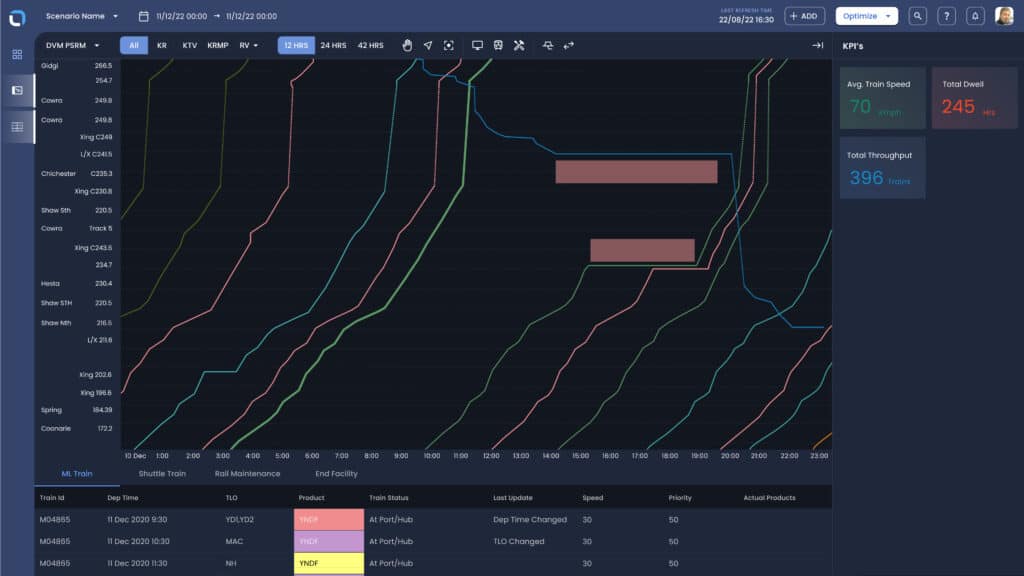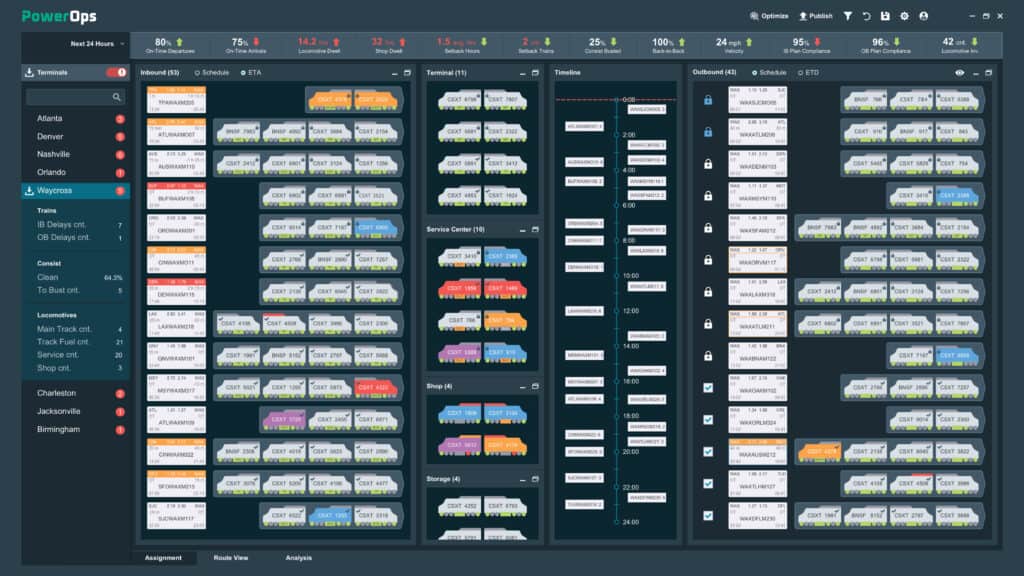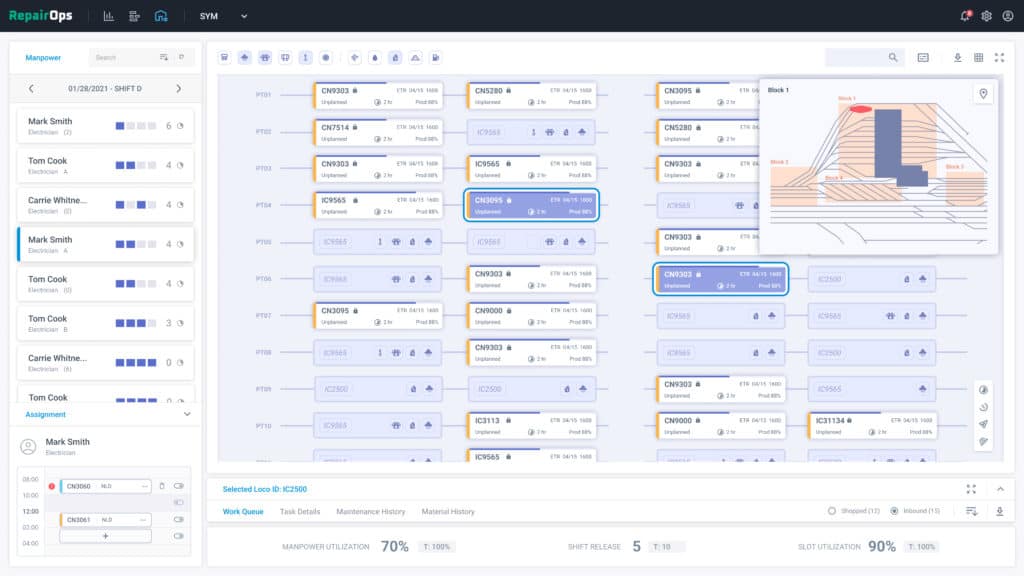Rail scheduling & maintenance optimization
Enhance your network with rail's best optimization solutions
Increase asset utilization, service quality, and profitability while staying environmentally friendly.
Empowering
the
biggest names
in rail and mining






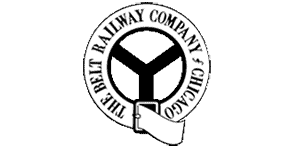
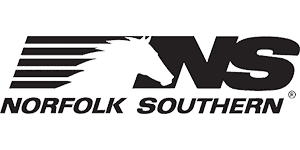










Unlock the hidden potential
in your rail operations
We have combined deep industry knowledge with artificial intelligence (AI) to solve some of the biggest challenges facing freight and transit rail providers today.
Optimization solutions solving
rail’s unique challenges
Value at each step
Visibility
See your network operations in real time.
Decision support
Direct decision makers to better choices.
Optimization
Automate decision-making.
Value at each step
Visibility
See your network operations in real time.
Decision support
Direct decision makers to better choices.
Optimization
Automate decision-making.

Create train schedules and plan maintenance
- Increase rail network capacity.
- Reduce train dwell time.
- Improve schedule adherence.
- Focus on proactive planning.

Improve locomotive utilization with optimized train assignments
- Assign locomotives based on horsepower or tractive effort.
- Plan for the future with the help of an interactive train graph.
- Recover faster from disruptions.

Simplify maintenance activities with the help of decision support and optimization
- Maximize asset utilization.
- Reduce dwell time.
- Improve shop productivity.
$
0
M+
Savings for our customers through optimization
0
%
of Class I railroads served
0
+
Years of serving the rail industry
Selected case studies
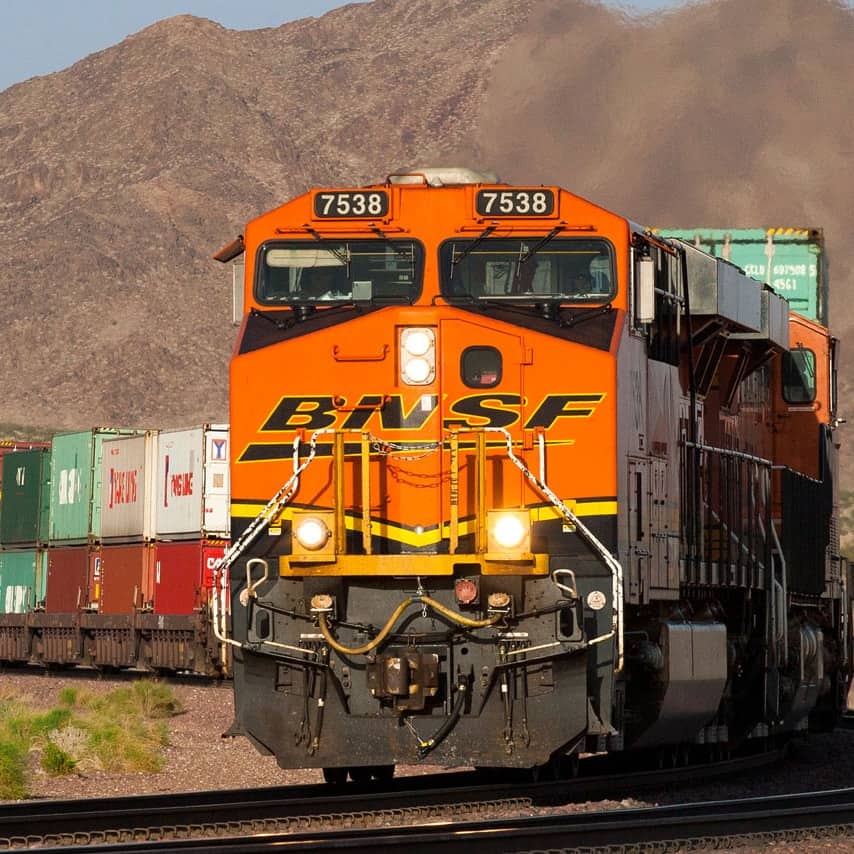
BNSF increases operational efficiency
Optym helped BNSF with its rail maintenance optimization.
-
Increased profits by 3% through efficiency gains
-
Increased life of trains
-
Reduced downtime
CSX locomotive operating plan optimization
Optym developed a locomotive optimization software solution to regularly optimize operating plans of over 4,000 locomotives with different pulling capabilities.
-
Reduced locomotive operating costs by 3-5%
-
Determined the optimal fleet size and mix
-
Enabled capital investment studies
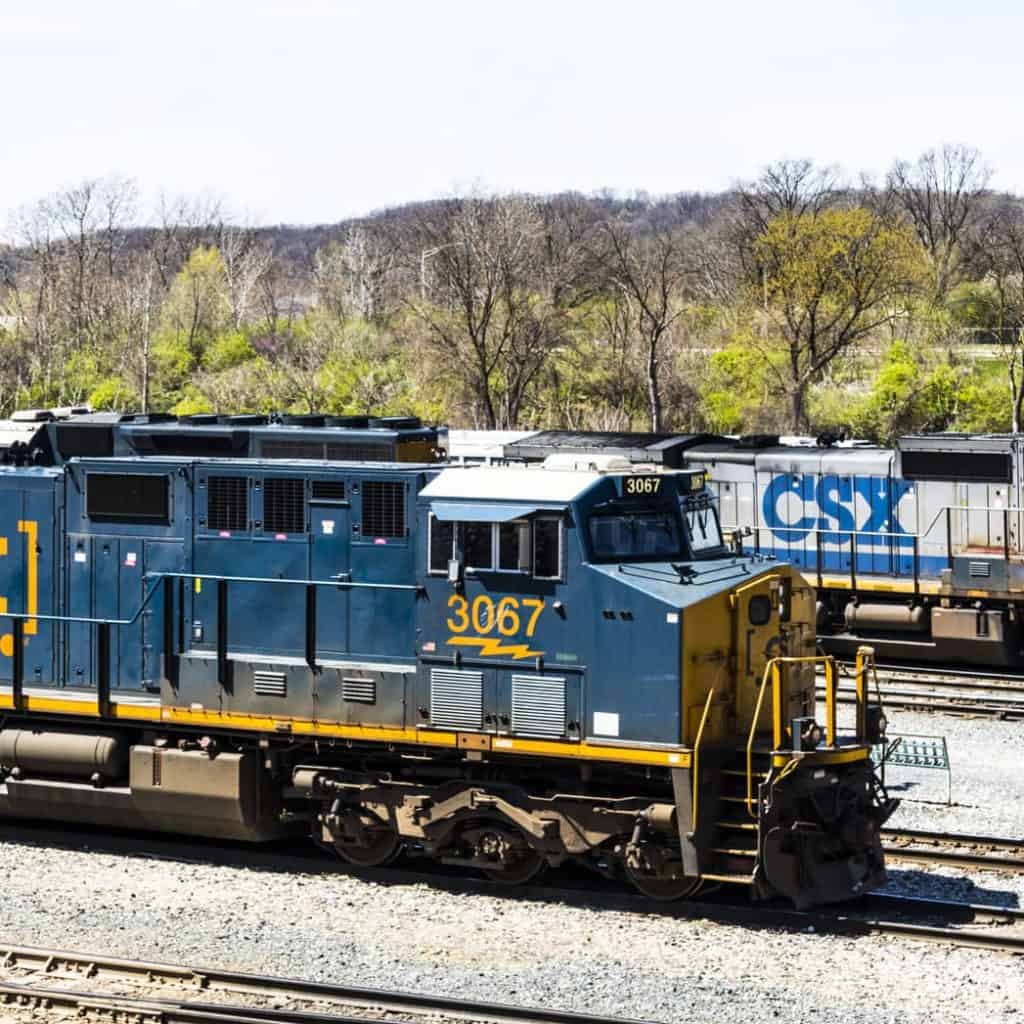
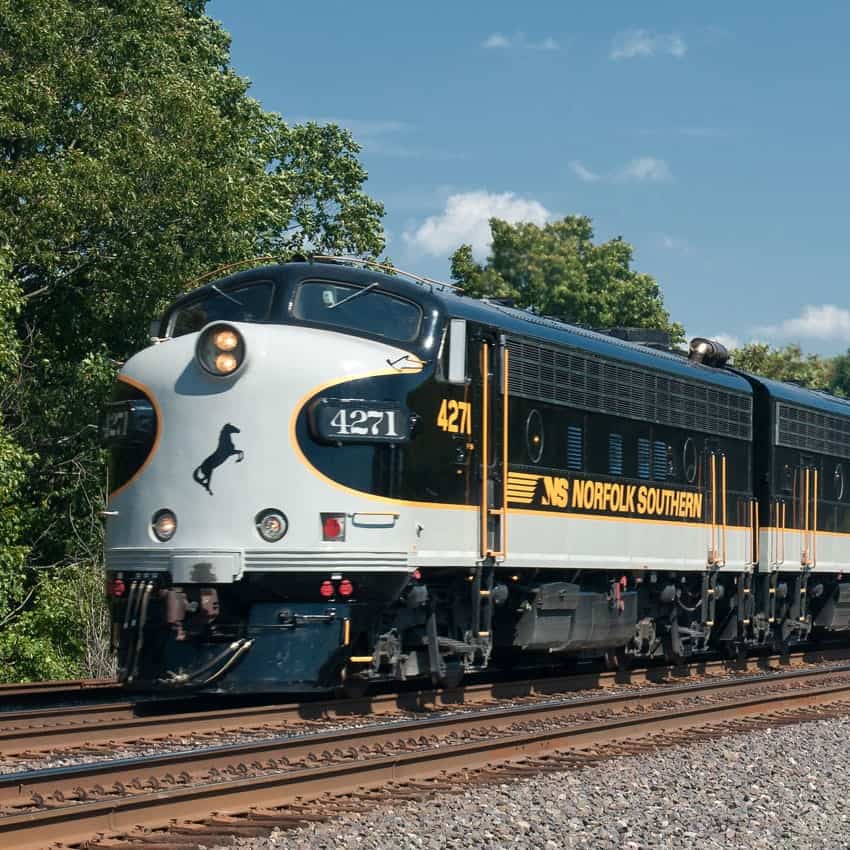
Norfolk Southern railroad blocking optimizer
Optym helped integrate its blocking optimizer with Norfolk Southern’s in-house simulation system.
-
Cut blocking plan time from weeks or months to a matter of days
-
Adapted blocking plans as shipment volumes changed
-
Gained ability to redirect traffic in the event of disruptions
